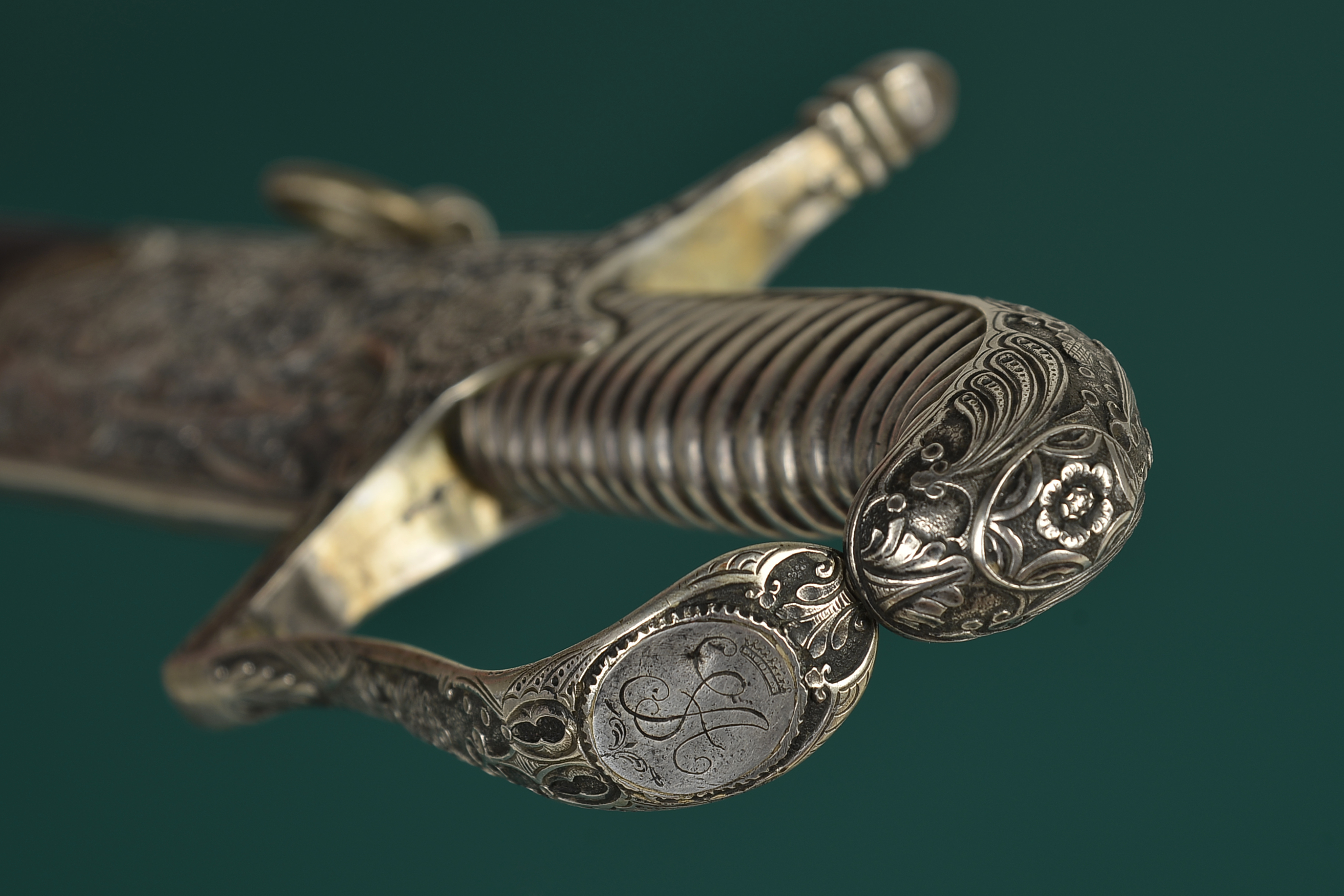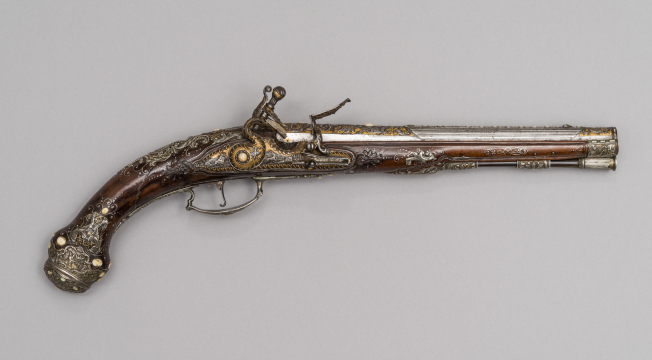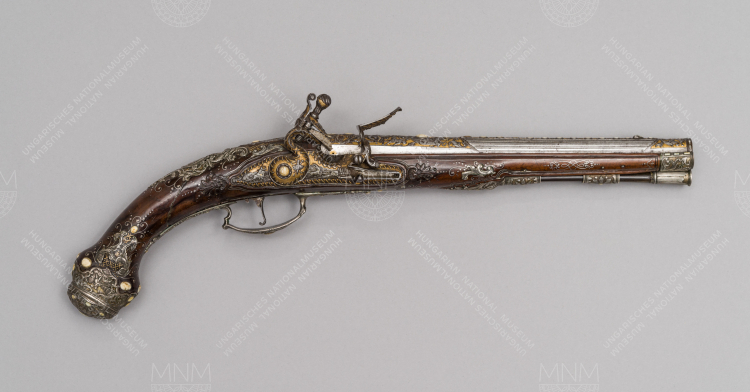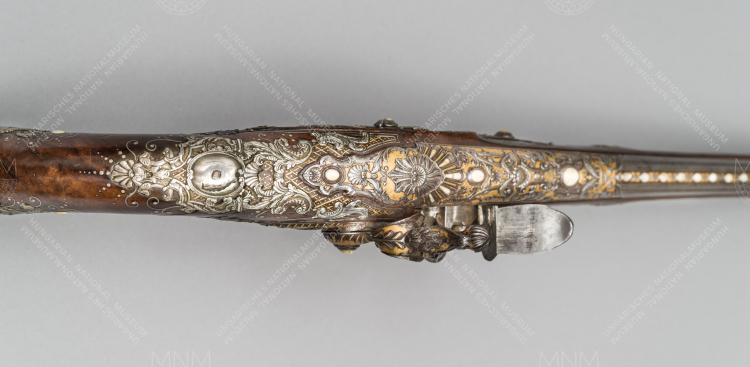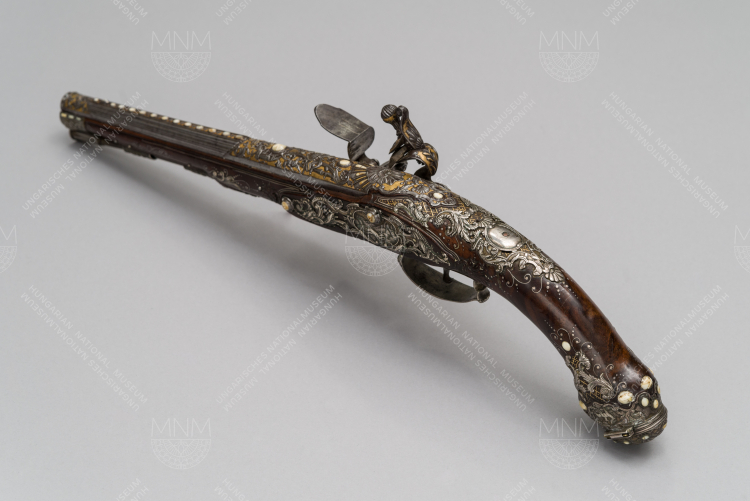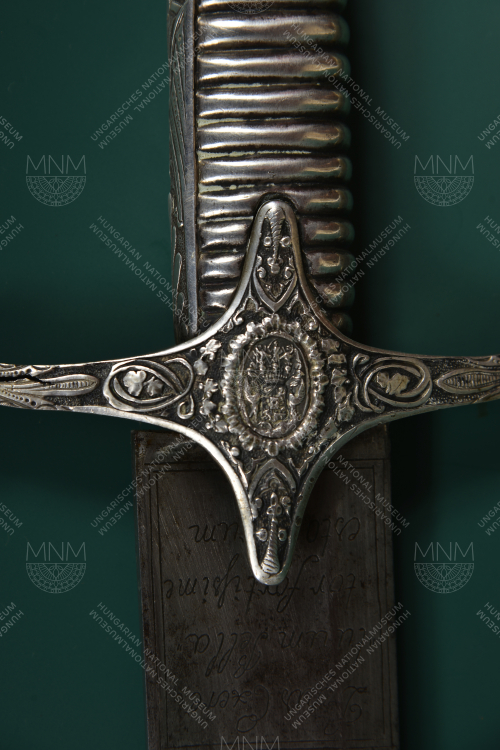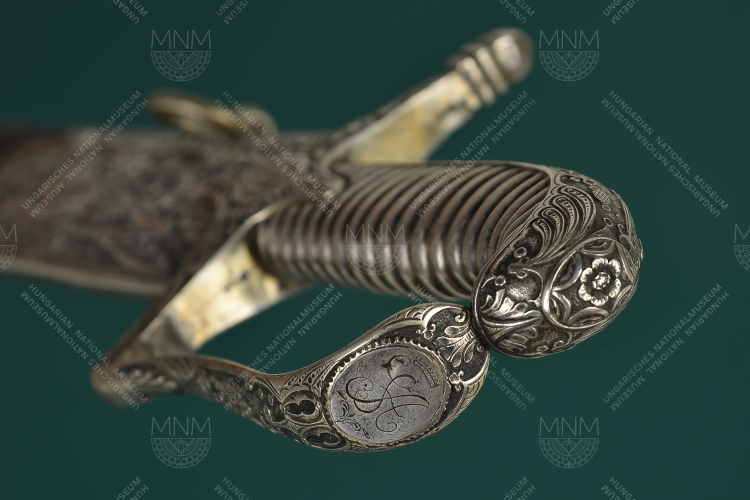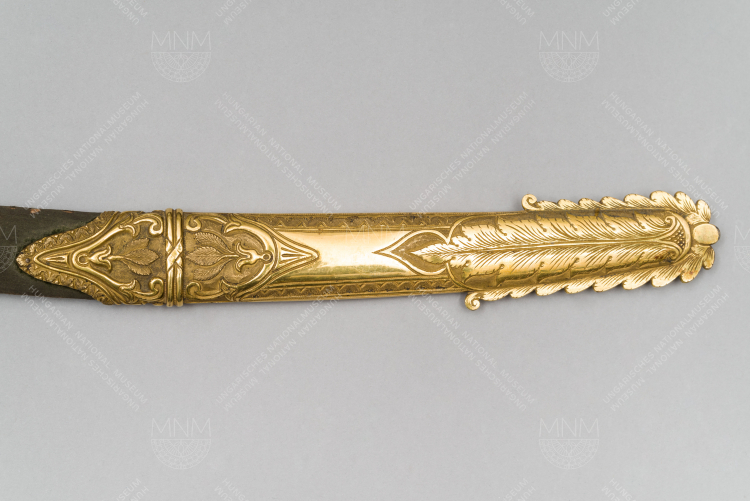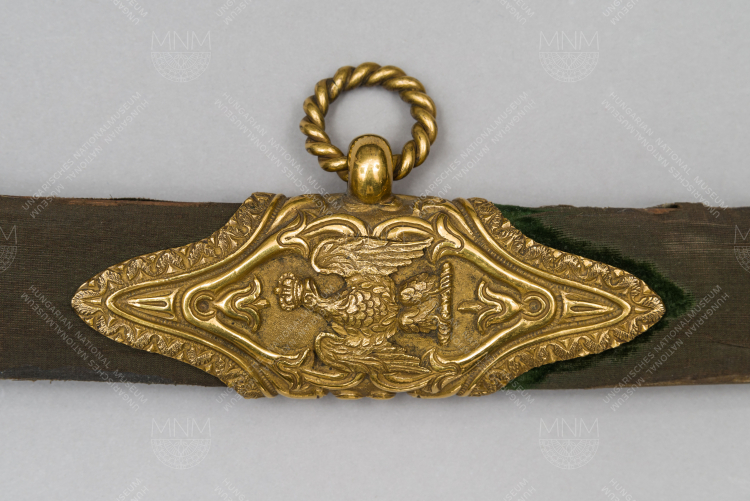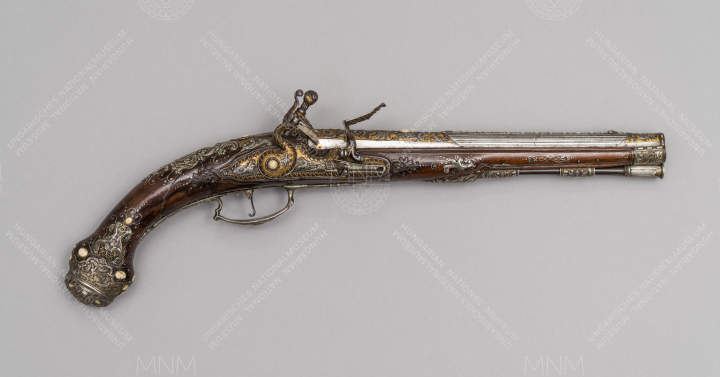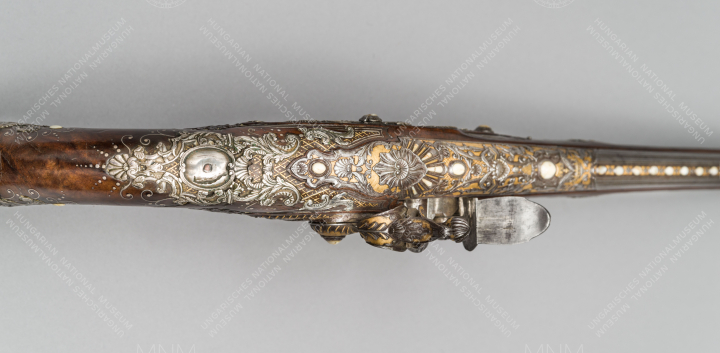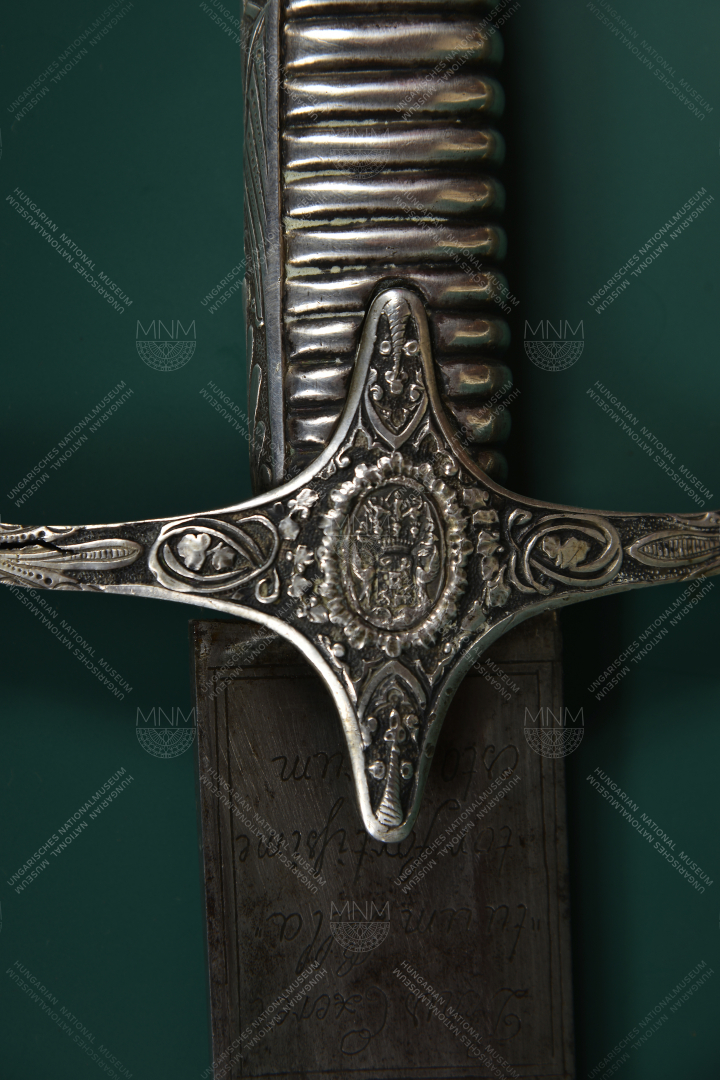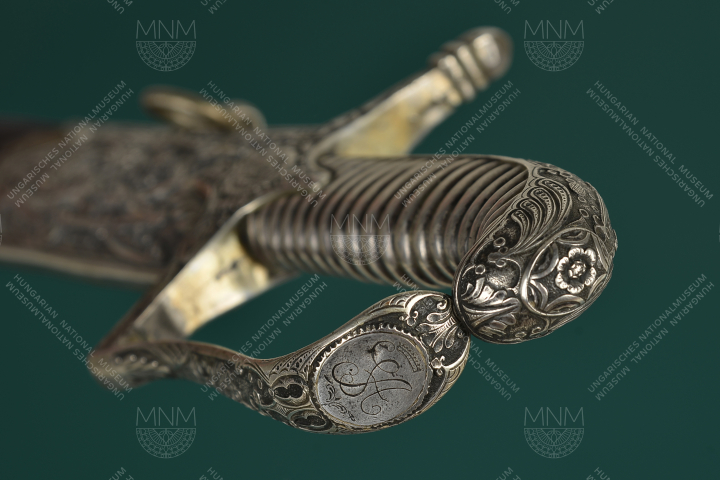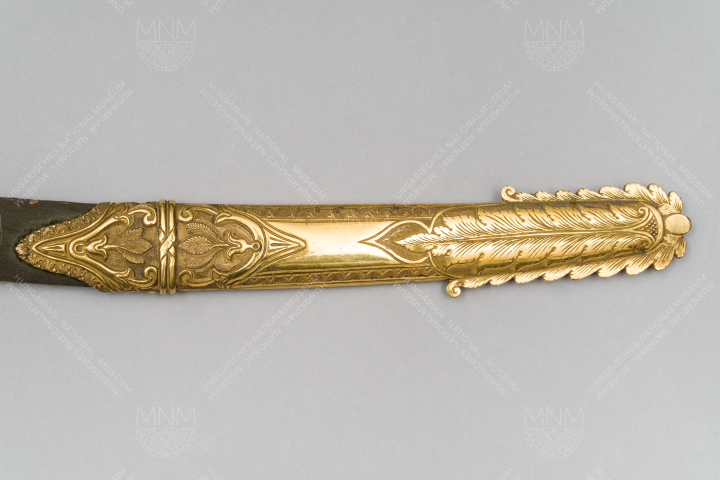
1000 years of weaponry in history
450 masterpieces of a millennium, from three highly esteemed private collections are on display at the Steel and Heart exhibition. 1000 years of weaponry in history - this is the title of the temporary exhibition open to the public from 05.12.2019. until 05.03.2020. The unique exposition commences a series of events under the title ‘In Oneness with Nature’ Hunting and Wildlife World Exhibition.
Ranging from the age of the Hungarian conquest to the 19th century including hunting gears of various epochs, nearly half thousand history-making objects, many of which never have been on display to the public before are presented at the Steel and Heart exhibition. A separate room houses the war relics of the Ottoman Empire, which shaped European history for a lasting period. In addition, articles of art related to war history and hunting are also on display.
Iconic masterpieces are shown such as the silver sable of prime minister Gyula Andrássy. The sable was conferred upon Andrássy on the occasion of his early coming of age at the age of 17. Also of prime importance is the weapon gifted to Richárd Guyon through the aid of his sibling. Victorious in the battle of Branyiszkó, the commander of French-English origin, Guyon played a significant role later as a general of the Hungarian troops in the 1848-49 revolutionary war. Originally the gift of the English nation, the ceremony sword bears the commander’s name as well as references to his heroic accomplishments on the Hungarian battlefields and in the skirmish at the town of Kars in Turkey. The pistol of Augustus the Strong, Elector of Saxony and king of Poland is also on display. The weapon is richly ornamented with ivory and finely engraved silver plates illustrating his portrait alongside the Polish crown and the coat of arms of the Electorate. The oldest piece is a sword dating back to the times of the Avar Empire in the early 9th century, while the most sizeable article is a two metre boat gun of the turn of the 16-17th centuries consisting entirely of genuine parts.
There are, however, also artefacts other than weaponry. A visitor entering the Palatine Josef room of the Hungarian National Museum will admire the 17th century tapestry from Oudenaarde depicting Alexander the Great and his generals. Also of remarkable value are a late Gothic, early 15th century painted wooden statue of a knight at arms, an early Baroque wooden statue of a commander and early Renaissance ceramic objects carrying the images of various articles of war. The section on hunting commences with a 16-17th century tapestry picturing Turkish troops ambushing hunters. Another outstanding piece is a 18th century writing bureau with intarsia depicting deer hunt. Such theme is rare to find on similar furniture.
The Csörge-Fekete-Strohner collections are also included to herald the 2021 ‘In Oneness with Nature’ Hunting and Wildlife World Exhibition, and to mark the 112th anniversary of civil art collecting in Hungary.
The exhibition is supported by the Cabinet Office of the Prime Minister, the ‘In Oneness with Nature’ Not-for-profit Ltd. Patron of the exhibition is minister of Human Capacities.
